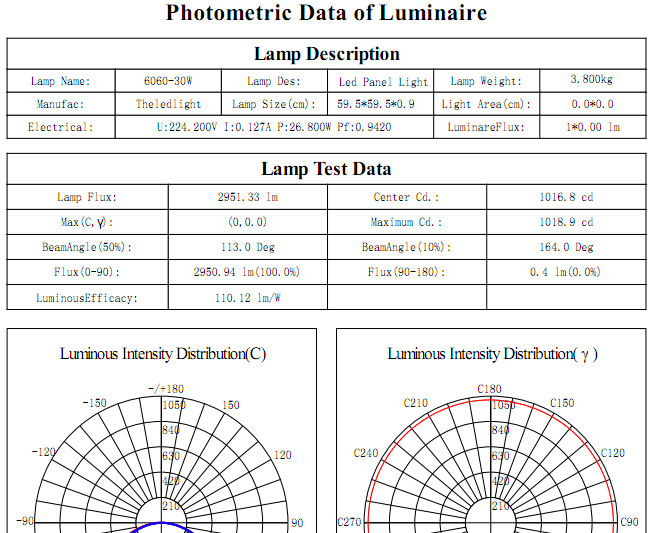

Museums need specific light levels to create the right ambiance and avoid damaging sensitive artifacts. There are lots of organizations that have special lighting requirements, and foot-candles are the go-to measurement to make sure the right amount of light is actually touching the objects it needs to illuminate. Offices, manufacturing facilities, and workrooms need significantly higher foot-candle measurements in order to make work easier and less stressful on your eyes. This can be very important fo r electrical construction as well. So, what is the use of a measurement like foot-candles? Basically, the idea of using foot-candles is to ensure that areas that require certain light levels are actually receiving those light levels.

Lux is essentially the same as foot-candles, but it defines the area being lit as a one-meter square, rather than a one-foot square. In other parts of the world, such as Europe, the SI-derived measurement called “lux” is used. Here are some typical foot-candle measurements for given light conditions:Īt this point, it should be noted that “foot-candles” as a unit of measurement are used most commonly in places that follow the United States customary units of measurement. But what does that mean, exactly? Well rather than measuring the amount of light that leaves a light source (lumen output), foot-candle measurements focus on the amount of light that reaches a surface area.įor example, a foot-candle relates to the amount of light that is on the ground surface beneath a parking lot light as opposed to the output of the parking lot light.


 0 kommentar(er)
0 kommentar(er)
